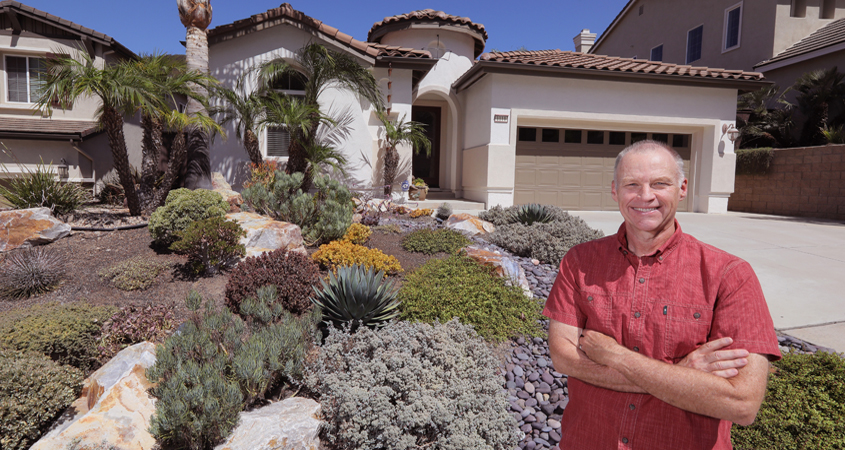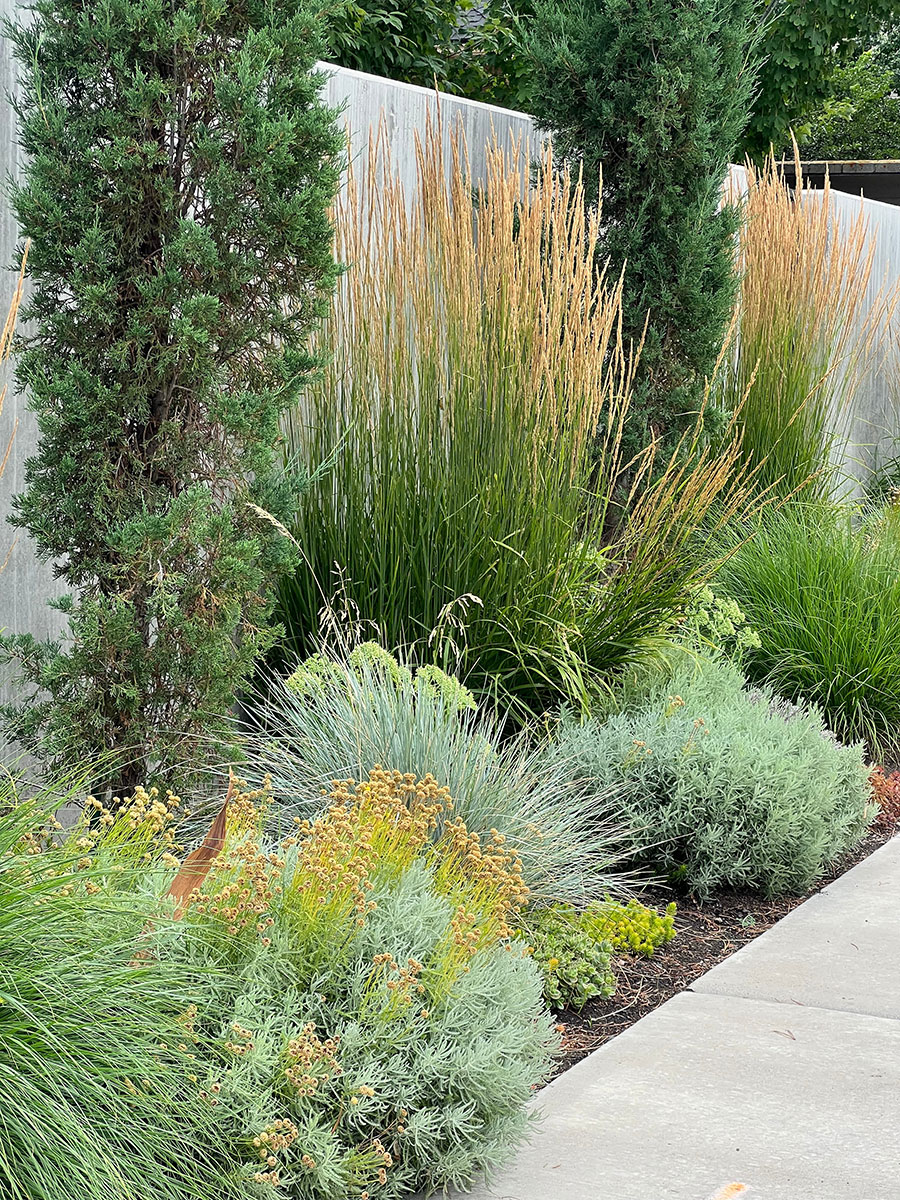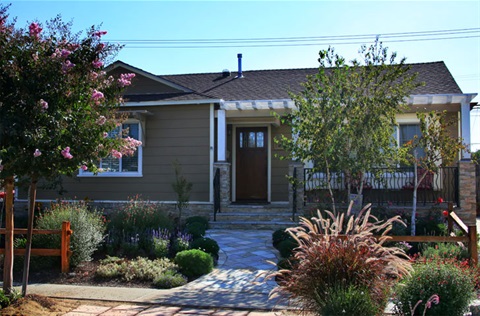All Categories
Featured
Table of Contents
- – Landscape Design Companies Arcadia, CA
- – Pacific Green Landscape Maintenance
- – Front House Landscaping Arcadia, CA
- – Landscape Design & Construction Arcadia, CA
- – Landscape Consultants Near Me Arcadia, CA
- – Landscape Design & Construction Arcadia, CA
- – Green Landscaping Company Arcadia, CA
- – Landscape Design Services Arcadia, CA
- – Green Landscaping Company Arcadia, CA
- – Backyard Landscaping Company Arcadia, CA
- – Landscape Design Installation Arcadia, CA
- – Landscape Design And Construction Arcadia, CA
- – Design Landscaping Arcadia, CA
- – Landscape Companys Arcadia, CA
- – Design And Build Landscape Arcadia, CA
- – Pacific Green Landscape Maintenance
Landscape Design Companies Arcadia, CA
Pacific Green Landscape Maintenance
6530 Whittier Ave Whittier, CA 90601-3919(562) 203-3567
Pacific Green Landscape Maintenance
Pick plants based upon elevation, size, shape, shade, and form that will certainly best aid complete the layout objectives. Plants can be utilized to save energy or water, block undesirable sights or noise (dense plant material), control disintegration on steep inclines (reduced expanding groundcovers) and bring in birds, butterflies and . There are numerous resources for water-wise plant checklists and tree selection that are searchable by wanted characteristics and water usage.
This does not always indicate that water-wise landscapes are made up entirely of indigenous plants. As a matter of fact, some native plants, such as Aspen, do not normally do well at the elevations and water levels in a lot of gardens as they are adjusted to high altitudes and wet-meadow situations. There are many plants from various other dry regions around the globe that are well-adapted to match the low-water requirements of our region.
Remember that smaller plants have a tendency to have reduced water requirements than bigger plants. Think regarding the timing of the foliage, bloom and seed head display screens of the planting product to guarantee interest all year. Try to Incorporate springtime, summertime and drop rate of interest in each growing team to make sure that no area in the landscape looks bare.
Grass have several advantages including cooling effects, disintegration control, water filtering and water infiltration. Yards can stand up to trampling and play that no various other plant can manage.
Front House Landscaping Arcadia, CA
There are many low-water lawn kinds offered. With mindful option and efficient watering, yards can be a fundamental part of the low-water landscape. Of the 7 directing principles of water-wise landscaping (a.k.a. Xeriscaping), the most controversial entails the use of turfgrass in the landscape. At times it has actually seemed that water-wise landscape design might not permit making use of turfgrasses in all.
Buffalo yard (right) is a good lawn selection for Intermountain landscapes. The reason that turfgrass is discussed particularly in water-wise landscaping guidelines is that there is excellent potential for over-irrigation of turfgrasses. Unlike various other plants that show the stresses of over-watering conveniently, turfgrass has the ability to hold up against a large amount of over-irrigation without displaying indicators of stress and anxiety.
Landscape Design & Construction Arcadia, CA
These realities coupled with a "more is always better" mindset toward landscape watering, predispose turfgrass locations to over-irrigation. Construction Landscaping Arcadia. Turfgrass has some extremely specific benefits in the landscape. It is the only landscape plant material that can withstand the stress and anxieties of website traffic and mowing that are frequently applied to it.
And mowed grass are a typical part of many metropolitan fire control techniques. Turfgrass likewise provides many other environmental advantages. One such benefit is a decrease in the amount of surface area overflow water. This is a key element to securing water top quality. An average fairway, for instance, can absorb 4 million gallons of water throughout a 1-inch rainstorm.
Landscape Consultants Near Me Arcadia, CA

If the only time a grass location gets web traffic is when it's trimmed, possibly a reduced upkeep plant would certainly operate in that place. In Utah, certain ranges of various turfgrass species execute better. These might be located in the publication Turfgrass Cultivars. This bulletin likewise reviews the features and applications of typically made use of turfgrass types in Utah.
If the turfgrass is not doing a useful duty, does it truly need to be irrigated? In these types of areas, there are lots of various other plants that are much more sensible selections.
Also, become acquainted with the real water needs of the turfgrass and don't exceed them. Cutting at an elevation of 2 or 3 inches will certainly encourage deeper rooting and improved heat and dry spell resistance. Correct fertilizing will certainly likewise sustain healthy turfgrass and allow it to stand up to the tensions of heat and dry spell much better.
Landscape Design & Construction Arcadia, CA
Mulch covers the dirt and prevents crusting, compaction, and water dissipation, while likewise giving an important visual design aspect. Selecting the right mulch for the scenario is reliant on plant selection, watering program and website use.
Compost covers the soil and prevents crusting, compaction, and water evaporation. Compost can offer numerous advantages in water-wise landscapes. Mulch covers the soil and avoids crusting, compaction, and water dissipation. Mulching around trees, shrubs, and in blossom beds can result in a ten-fold reduction in evaporative water loss from soil.
Green Landscaping Company Arcadia, CA

With less weeds, much less farming is called for, which can protect against damage to plant origins, dirt framework, and soil organisms. In addition, compost moderates soil temperature and protects plant roots.
Organic mulches include products such as wood or bark chips, shredded bark, nut coverings, yearn needles, or various other disposed of plant parts. These materials have the possible to improve dirt framework, boost soil fertility, prevent compaction, and boost soil natural matter as they damage down and are integrated right into the soil.
To ensure appropriate water seepage and oygenation and to reduce decay, make certain compost fragments are bigger than the underlying dirt particles (normally larger than a half inch in size). Recycled plant materials should be complimentary from weed seeds, disease-causing microorganisms, and pesticide and herbicide residues. You can either use disease-free plant components that have not been chemically treated, or you can compost your mulch before use.
Nitrogen loss can be avoided by using composted mulch or by including nitrogen at a price of 1-2 pounds real N per 1000 ft2. In time, natural composts damage down and will need to be restored. Replenishment can be accomplished just by adding even more mulch over the top of the decayed mulch material.
Landscape Design Services Arcadia, CA
The choice regarding which to make use of will rely on the sort of landscape, the reason for its use, and its availability. Instances consist of gravel or smashed stone, lava rock, recycled tumbled glass, and rocks of various dimensions, shapes, and shades. The dimension of not natural mulch bits should complement the scale of the landscape.
A 2-inch thick layer of mulch requires concerning 6 cubic lawns of material per 1000 square feet of area. Leave a couple of inches of mulch-free location around the base of woody plants to avoid root collar diseases and rodent damage. The very best time to use compost is immediately after planting in the fall, or in the springtime after the dirt has actually heated.
In addition to conserving water, proper watering can motivate much deeper origin growth and much healthier, a lot more drought tolerant landscapes. A crucial component of water-efficient landscaping is producing hydrozones for your irrigation needs. To supply adequate water to all plants without over or under-watering some, group plants with similar watering needs in one zone.
Green Landscaping Company Arcadia, CA
Another important aspect of irrigation planning consists of regular maintenance of the system. Month-to-month assessment of the irrigation system, while in operation, will assist you to find and fix any type of broken, misaligned, or blocked lawn sprinkler heads and maintain your system running successfully. Drip Watering systems includes plastic pipes with emitters that supply water straight to plants.

Strategy and design irrigation systems so that turfgrass locations are irrigated independently from various other landscape plants. There are a number of resources available to figure out the ideal watering routine for lawn areas in Utah. from the Utah Division of Water Resources from the Utah Department of Water Resources Trees and hedges have much deeper and extra extensive origin systems than turfgrass so they must be watered much less often but also for longer durations of time.
It is important to establish sub-surface dirt wetness. Soil dampness can be established making use of a dirt dampness probe. Trees or hedges should be watered to a depth of 18-20 inches. The amount of water to apply in any type of situation relies on the dirt kind. Sandy soils absorb water the fastest (about 2" per hour), followed by loam soils (3/4" per hour).
Backyard Landscaping Company Arcadia, CA
By allowing water to penetrate much deeper right into the soil profile, you are encouraging deeper rooting and an even more drought tolerant plant. Regular, light irrigation will certainly cause plants that have a superficial origin system and that are much more vulnerable to water anxiety. When utilizing automatic sprinkler about 1/2 -1 inch of water may be needed weekly for bushes and smaller sized trees (
As with sprinkler systems, purge the drip system prior to running it by getting rid of the emitters and allowing water go through the tubes for a couple of mins to clear out any kind of dirt and particles. Change emitters and run the system, one valve each time, to look for troubles. Fundamental winterization of a lawn sprinkler system is fairly basic.
Each valve ought to be turned on to release stress in the pipelines and water must be drained from the system to shield any type of parts that can freeze. Your system may have drainpipe valves that can be opened for water drainage, or you might need to burn out the system utilizing air.
Landscape Design Installation Arcadia, CA
Check your water supply at the start of the period to change any type of heads and ensure there was no damages over the winter. The Water Inspect program offers totally free irrigation checks in numerous Utah regions. To locate out more, or to figure out just how to examine your system yourself, most likely to the CWEL Water Examine web page.
A weed is just a plant misplaced. With that in mind, any type of plant can be a prospective weed if it crowds out or consumes sources required for desirable plants. Construction Landscaping Arcadia. Some "slim" plants become such a trouble that they wind up being declared "harmful" in a particular region
Remember that water made use of by a weed is unavailable to desirable plants. Weeds can be annuals (sprout, recreate, and die in one period) or perennials (survive over years). It is necessary to discover to identify and categorize weeds in the plant stage due to the fact that this will certainly identify your ideal control choices.
Landscape Design And Construction Arcadia, CA
Annual weeds that have not gone to seed can be composted, yet seasonal weeds need to constantly be thrown out in the garbage. Hoeing and tilling are choices to hand-pulling, yet care must be taken about developed growings so you do not interrupt or destroy the roots of desirable plants. must be used around landscape plants to prevent weeds and conserve water.
Weed seed startings that do come up in mulched areas are a lot easier to hand-pull, as long as you catch them early. Organic mulches will require to be refreshed on a regular basis as they gradually disintegrate. Do this by roughing up the old mulch and adding a light layer of brand-new compost over the top.
Design Landscaping Arcadia, CA
Just like lawn sprinkler, flush the drip system before running it by getting rid of the emitters and letting water run through the tubing for a couple of minutes to purge out any kind of dirt and particles. Change emitters and run the system, one shutoff each time, to look for troubles. Standard winterization of an automatic sprinkler is fairly basic.
Each valve should be transformed on to launch pressure in the pipes and water need to be drained pipes from the system to shield any type of elements that can ice up. Your system might have drain shutoffs that can be opened for drain, or you might have to blow out the system using air.
Landscape Companys Arcadia, CA
Check your water system at the beginning of the season to readjust any heads and make certain there was no damages over the winter months. The Water Check program deals free irrigation sign in many Utah counties. To learn extra, or to learn just how to inspect your system yourself, go to the CWEL Water Examine web page.
A weed is just a plant misplaced. Keeping that in mind, any type of plant can be a possible weed if it crowds out or makes use of up sources required for desirable plants. Some "small" plants end up being such an issue that they wind up being proclaimed "harmful" in a specific region.
Bear in mind that water utilized by a weed is not available to preferable plants. Weeds can be annuals (germinate, recreate, and die in one period) or perennials (survive over several years). It is very important to find out to recognize and identify weeds in the seed starting stage since this will certainly identify your ideal control options.
Yearly weeds that have not gone to seed can be composted, yet seasonal weeds should always be discarded in the trash. Hoeing and tilling are alternatives to hand-pulling, yet treatment should be taken about established growings so you do not disrupt or ruin the roots of preferable plants. should be utilized around landscape plants to hinder weeds and preserve water.
Design And Build Landscape Arcadia, CA
Pacific Green Landscape Maintenance
Address: 6530 Whittier Ave Whittier, CA 90601-3919Phone: (562) 203-3567
Email: pacificgreencompany@gmail.com
Pacific Green Landscape Maintenance
Weed seedlings that do come up in mulched locations are a lot easier to hand-pull, as long as you capture them early. Organic mulches will need to be refreshed on a regular basis as they slowly break down. Do this by roughing up the old compost and adding a light layer of brand-new mulch over the top.
Water Wise Landscaping Arcadia, CALandscape Design Planner Arcadia, CA
Landscaping Designers Arcadia, CA
Landscape Design And Construction Arcadia, CA
Design And Build Landscape Arcadia, CA
Landscape Design Companies Arcadia, CA
Water Wise Landscaping Arcadia, CA
Landscape Design And Construction Arcadia, CA
Landscape Design Company Arcadia, CA
Landscape Design Installation Arcadia, CA
Landscape Design Services Arcadia, CA
Landscape Companys Arcadia, CA
Water Wise Landscaping Arcadia, CA
Landscape Designer Arcadia, CA
Yard Design Arcadia, CA
Green Landscaping Company Arcadia, CA
Landscape Design And Installation Arcadia, CA
Construction Landscaping Arcadia, CA
Landscape Design Planner Arcadia, CA
Design Landscape Arcadia, CA
Landscape And Design Arcadia, CA
Design Landscape Arcadia, CA
Yard Design Arcadia, CA
Construction Landscaping Arcadia, CA
Landscape Design Installation Arcadia, CA
Design Landscape Arcadia, CA
Landscape And Design Arcadia, CA
Landscape Designers Arcadia, CA
Landscape Design Installation Arcadia, CA
Landscape Designer Arcadia, CA
Construction Landscaping Arcadia, CA
Yard Design Arcadia, CA
Yard Design Arcadia, CA
Landscape Companys Arcadia, CA
Landscape Design Planner Arcadia, CA
Local Landscape Designers Arcadia, CA
Construction Landscaping Arcadia, CA
Landscape Companys Arcadia, CA
Landscape And Design Arcadia, CA
Landscape Companys Arcadia, CA
Design And Build Landscape Arcadia, CA
Landscape Consulting Arcadia, CA
Landscape Design Installation Arcadia, CA
Landscaping Design Company Arcadia, CA
Drought Tolerant Landscape Design Arcadia, CA
Green Landscape Arcadia, CA
Landscape Design Companies Arcadia, CA
Landscape Design Services Arcadia, CA
Landscaping Designers Arcadia, CA
Landscape Design And Construction Arcadia, CA
Landscape Design Services Arcadia, CA
Green Landscaping Company Arcadia, CA
Construction Landscaping Arcadia, CA
Landscape Design & Construction Arcadia, CA
Construction Landscaping Arcadia, CA
Landscape Consultants Near Me Arcadia, CA
Green Landscape Arcadia, CA
Landscape Design Installation Arcadia, CA
Landscape Design And Construction Arcadia, CA
Water Wise Landscaping Arcadia, CA
Local Landscape Designers Arcadia, CA
Green Landscaping Company Arcadia, CA
Landscape Designers Arcadia, CA
Find Seo For Small Business Arcadia, CA
Finding A Top Seo Company Arcadia, CA
Pacific Green Landscape Maintenance
Table of Contents
- – Landscape Design Companies Arcadia, CA
- – Pacific Green Landscape Maintenance
- – Front House Landscaping Arcadia, CA
- – Landscape Design & Construction Arcadia, CA
- – Landscape Consultants Near Me Arcadia, CA
- – Landscape Design & Construction Arcadia, CA
- – Green Landscaping Company Arcadia, CA
- – Landscape Design Services Arcadia, CA
- – Green Landscaping Company Arcadia, CA
- – Backyard Landscaping Company Arcadia, CA
- – Landscape Design Installation Arcadia, CA
- – Landscape Design And Construction Arcadia, CA
- – Design Landscaping Arcadia, CA
- – Landscape Companys Arcadia, CA
- – Design And Build Landscape Arcadia, CA
- – Pacific Green Landscape Maintenance
Latest Posts
Carmel Valley Hot Water Heater Replacement
Pop Up Camper Roof Replacement Mira Loma
Heavy Truck Repair Near Me Ontario
More
Latest Posts
Carmel Valley Hot Water Heater Replacement
Pop Up Camper Roof Replacement Mira Loma
Heavy Truck Repair Near Me Ontario